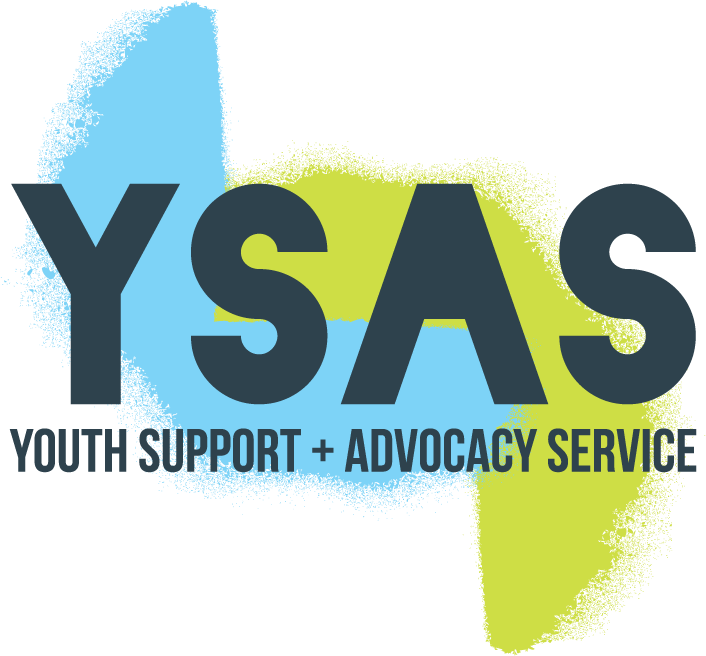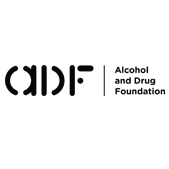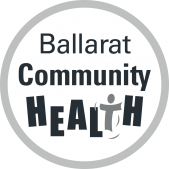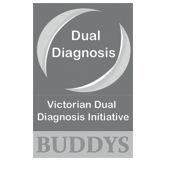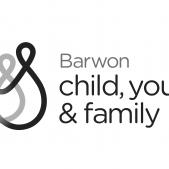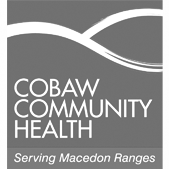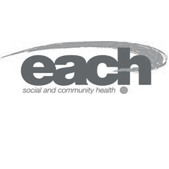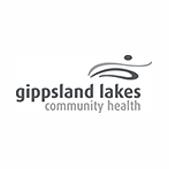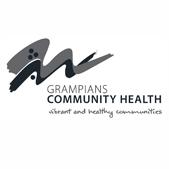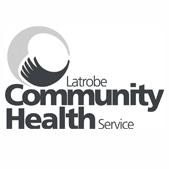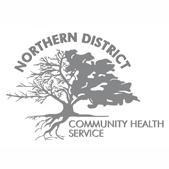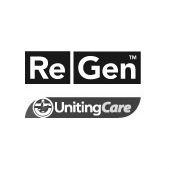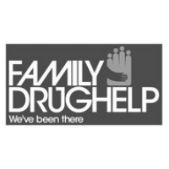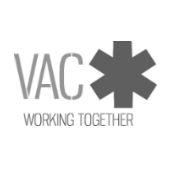Youth AOD Work
Developmentally appropriate screening and assessment
It goes without saying that a key characteristic of effective Youth AOD work is to work in a developmentally appropriate way. What does this mean in the context of screening and assessing young people? Here are some tips.
PAY ATTENTION TO SETTING AND STYLE
Ideally youth screening and assessment should occur in youth-friendly spaces and accessible locations. Young people are particularly sensitive to stigmatisation so avoid making young people feel different from their peers.When meeting or assessing young people, avoid clinical settings. Instead, if possible, be creative by sitting outside, walking or provide a space that is physically and emotionally safe.
PAY ATTENTION TO HOW YOU COMMUNICATE
Be enthusiastic and display an accepting attitude. Take the time to listen and respond. A young person should experience the interaction with a worker as warm, honest, open and flexible. Be authentic rather than cool.
BE CLEAR ABOUT YOUR ROLE
Make sure your role and intention is clear. Explain the nature of the service on offer and ensure a young person understands this. Be explicit about privacy and confidentiality considerations.
LET THE YOUNG PERSON BE THE EXPERT
Don’t just follow a question and answer pattern of conversation. Work from a position where you genuinely learn from them “about them”. For this reason it is important that tools that generate scores or feedback based on a requirement to complete specific and mandatory questions form only part of assessment.
BE PATIENT
Don’t try to collect all information in one go if it disrupts rapport and engagement.
Be prepared to delay completing assessment to respond immediately. For young people (compared to adults) there can be a different emphasis on duty of care. Responding to issues or crisis may be necessary before a comprehensive assessment is complete.
GATHER INFO FROM A RANGE OF SOURCES
Whilst respecting privacy, information from parents or carers, peers and other workers may be just as important as that from the young person themselves (although always try to give a young person the opportunity to talk away from others).
APPLY A DEVELOPMENTAL OVERLAY
Apply a developmental overlay to the information you gather and to risk assessment. For example a 21 year old who has insecure housing and smokes cannabis daily may be of some concern but the same circumstances regarding a 13 year old requires immediate attention.
Following these general guidelines will help ensure your assessment practices are developmentally appropriate.
The YouthAOD toolbox has more information about developmentally appropriate practice.




